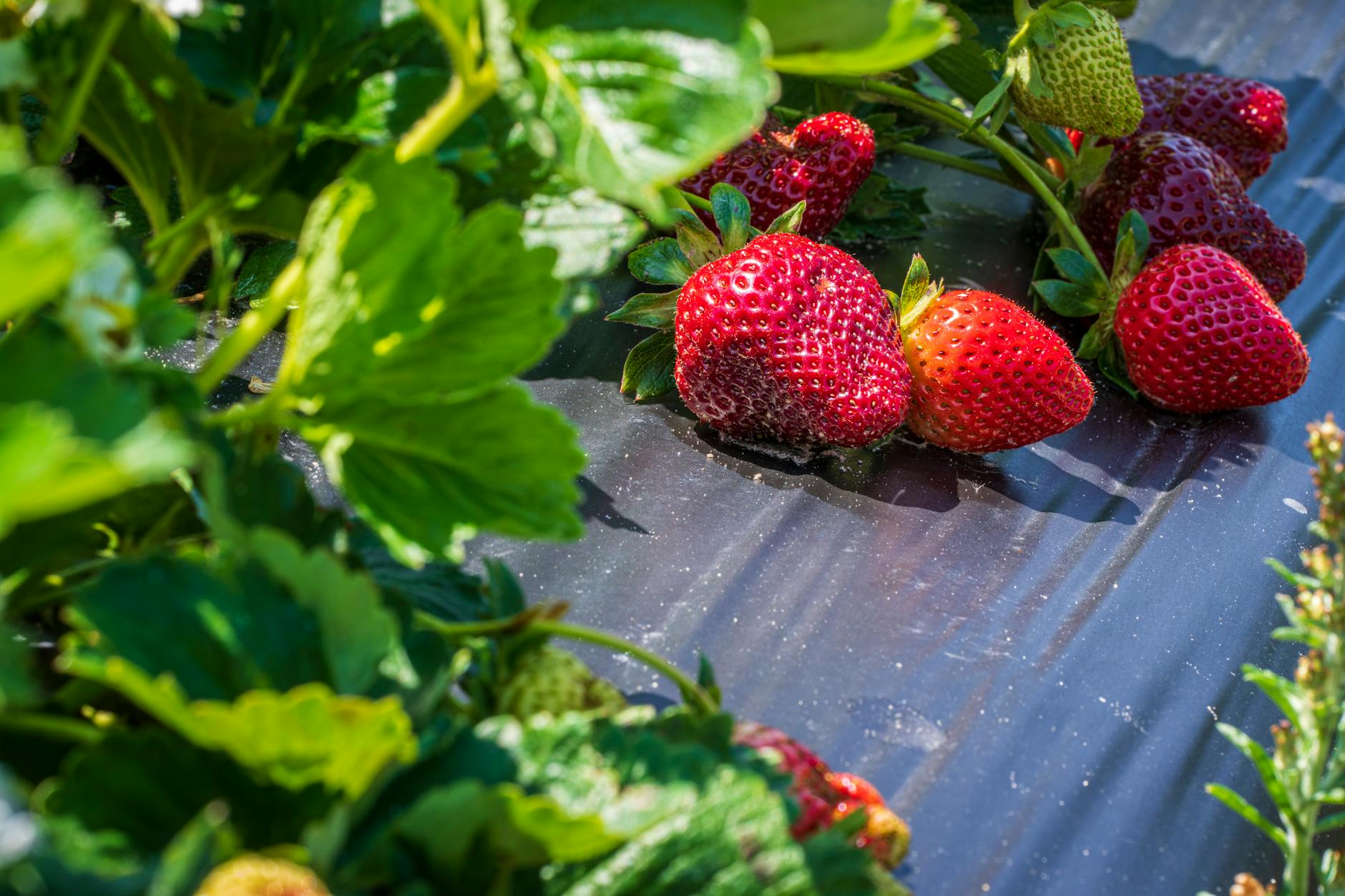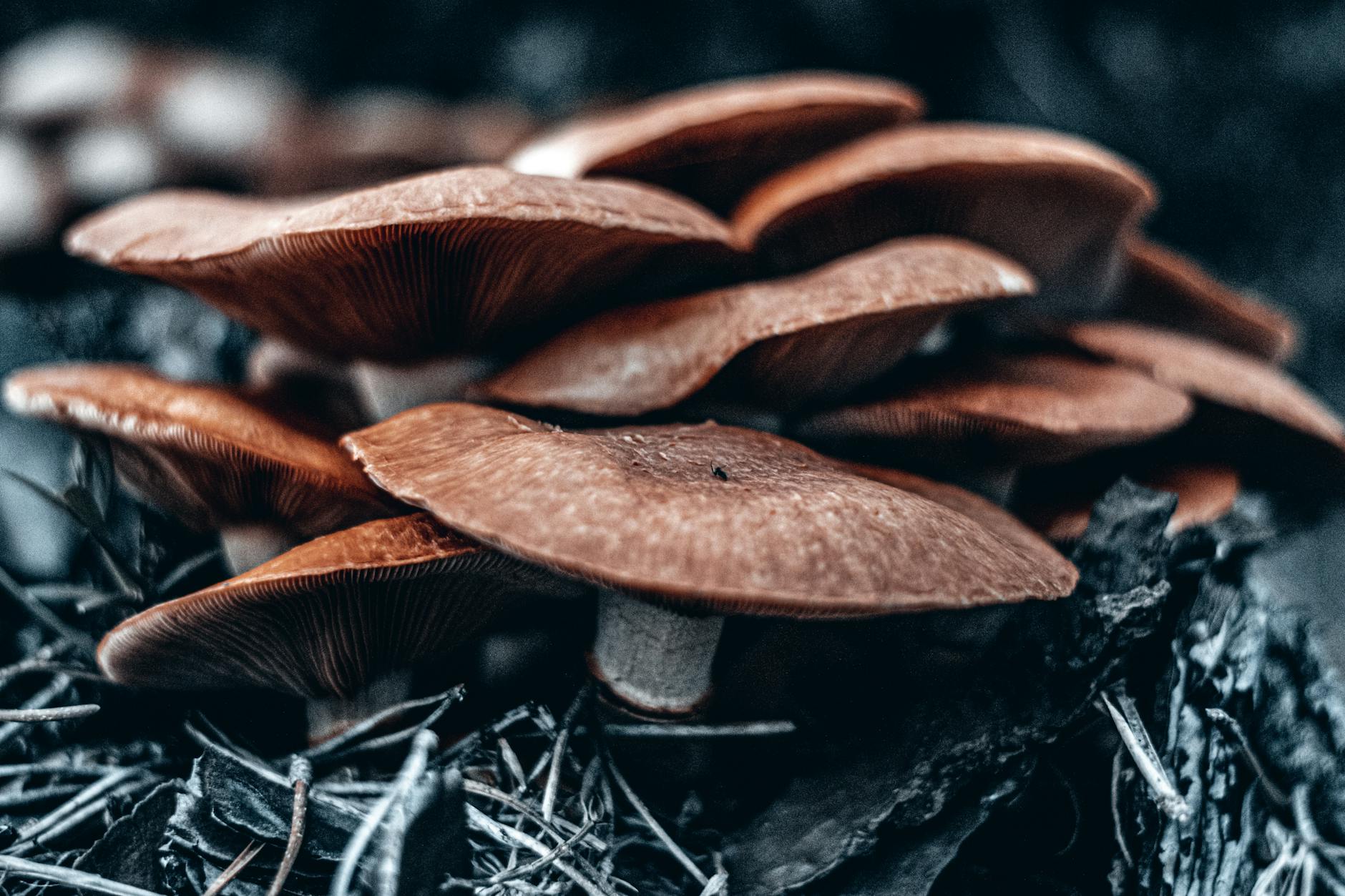Mushroom Spawn: Essential Tips for Home Cultivation
Mushroom cultivation is a fascinating and rewarding hobby that allows you to grow your own fresh, flavorful mushrooms right at home. One of the key elements in successful mushroom cultivation is the use of mushroom spawn. Mushroom spawn is essentially the seed that provides the mycelium needed to grow mushrooms. In this article, we will explore essential tips for using mushroom spawn in your home cultivation endeavors.
Choosing the Right Mushroom Spawn
The first step in successful mushroom cultivation is choosing the right type of mushroom spawn. There are different varieties of mushroom spawn available, each suitable for growing specific types of mushrooms. Popular choices include oyster mushroom spawn, shiitake mushroom spawn, and button mushroom spawn. Make sure to select the variety that best suits your growing conditions and desired mushroom species.
Preparing the Growing Substrate
Once you have chosen your mushroom spawn, the next step is to prepare the growing substrate. The substrate serves as the nutrient-rich medium in which the mushroom mycelium will grow and eventually produce mushrooms. Common substrates include sawdust, straw, coffee grounds, and compost. Ensure that your substrate is properly sterilized to prevent contamination from competing molds and bacteria.
Inoculating the Substrate
After preparing the substrate, it’s time to inoculate it with the mushroom spawn. This process involves mixing the spawn with the substrate to introduce the mycelium into the growing medium. Depending on the variety of mushroom spawn you are using, inoculation methods may vary. Some popular techniques include mixing the spawn with the substrate and creating layers of spawn and substrate in a container.
Incubation and Colonization
Once the substrate has been inoculated, it is essential to provide the ideal conditions for the mycelium to colonize the substrate. This typically involves maintaining a warm and humid environment to encourage rapid growth. Regularly check the substrate for signs of colonization, such as the appearance of white, thread-like mycelium spreading throughout the substrate.
Fruiting and Harvesting
After the substrate has been fully colonized, the mycelium will begin to form mushroom fruiting bodies. At this stage, it is crucial to provide the proper conditions for fruiting, including adequate humidity, air circulation, and lighting. Depending on the mushroom variety, fruiting may take anywhere from a few weeks to several months. Once the mushrooms have reached maturity, carefully harvest them using a sharp knife or scissors, taking care not to damage the surrounding mycelium.
Maintaining Mushroom Spawn for Future Cultivations
To ensure continued success in your mushroom cultivation endeavors, it is essential to maintain your mushroom spawn for future use. Depending on the variety of mushroom spawn, you can preserve it by storing it in a cool, dark place or by using techniques such as liquid culture or agar culture to propagate and expand your spawn supply.
In conclusion, mushroom spawn is a critical component of successful mushroom cultivation at home. By following these essential tips for choosing, preparing, inoculating, and maintaining your mushroom spawn, you can enjoy a bountiful harvest of fresh, homegrown mushrooms. Experiment with different mushroom varieties and techniques to expand your knowledge and experience in the exciting world of mushroom cultivation. Happy growing!


